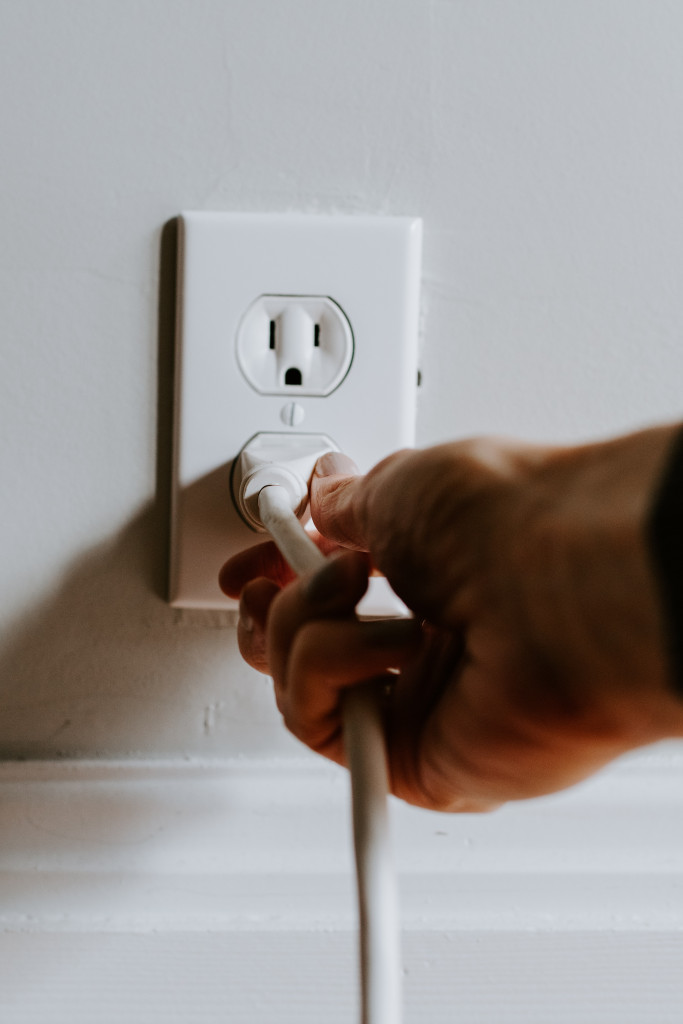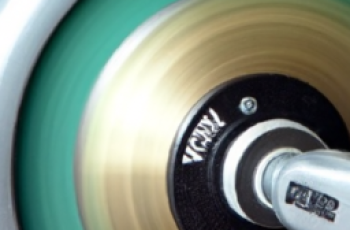If you’re looking for an article that explores the world of die grinder ergonomics, you’ve come to the right place! In this informative piece, you’ll gain insight into the importance of ergonomics when it comes to using die grinders. Whether you’re a professional or a DIY enthusiast, understanding the impact of ergonomics on your die grinder experience is crucial. Get ready to discover how ergonomic design can enhance comfort, minimize fatigue, and ultimately improve your overall productivity.
Choosing the Right Die Grinder
When it comes to choosing a die grinder, there are several important factors to consider. The size and weight of the grinder are crucial aspects that can greatly affect your experience and performance. A heavy and bulky grinder may cause discomfort and fatigue, making it difficult to use for extended periods of time. On the other hand, a lightweight and compact grinder can offer better maneuverability and ease of use. It’s essential to find a die grinder that fits comfortably in your hand and allows for precise control.
Consider the Size and Weight
Before purchasing a die grinder, take into consideration your specific needs and the tasks you will be performing. If you anticipate using the grinder for extended periods, it may be worth investing in a lighter and more ergonomic model. However, if you only need the grinder for occasional use, a slightly heavier option may not be a significant concern.
Check for Adjustable Handles
Another important factor to consider is the presence of adjustable handles. These handles can provide additional comfort and control, allowing you to customize the grip to your liking. Adjustable handles can make a significant difference, particularly if you have larger or smaller hands. They ensure that the grinder feels comfortable and secure in your grasp, reducing hand fatigue and enhancing overall control.
Look for Paddle Switches
Paddle switches are another feature that can greatly enhance the usability of a die grinder. Unlike traditional switches, paddle switches can be easily operated regardless of your hand placement. This can be particularly useful when you need to switch the grinder on or off quickly and efficiently, saving you time and effort. Paddle switches are ergonomically designed to be easily activated by a simple press of the thumb or finger, allowing for seamless operation.
Understanding Ergonomics in Die Grinders
To truly understand the importance of ergonomics in die grinders, it’s essential to define what ergonomics means in this context and explore its impact on users.
Definition of Ergonomics
Ergonomics refers to the study of how people interact with their physical environment and the design of tools and equipment to optimize comfort, efficiency, and safety. In the case of die grinders, ergonomics focuses on creating tools that are easy to use, reduce fatigue, and minimize the risk of injury.
Importance of Ergonomic Design in Die Grinders
Ergonomic design in die grinders is vital because it directly affects the user’s well-being and productivity. By incorporating ergonomic features, manufacturers aim to provide a tool that maximizes comfort, minimizes physical strain, and allows for precise control.
Ergonomic design can greatly benefit both professional users and hobbyists. In professional settings, where die grinders are used frequently and for extended periods, ergonomic features can significantly reduce the risk of work-related injuries and improve overall efficiency. For hobbyists, ergonomic design ensures a more enjoyable and comfortable experience when working on various projects.

Key Ergonomic Factors to Consider
Now that we understand the importance of ergonomics in die grinders, let’s delve into the key ergonomic factors to consider when choosing a grinder.
Vibration Control
Vibration control is a crucial aspect of ergonomics in die grinders. As the grinder operates, it produces vibrations that can cause discomfort and fatigue, especially during prolonged use. Excessive vibration can lead to hand-arm vibration syndrome (HAVS), a condition that affects the nerves, muscles, and blood vessels in the hand and arm.
To mitigate the negative effects of vibration, manufacturers incorporate various vibration damping features. These features can include innovative designs, specialized grip materials, and internal mechanisms that absorb and reduce vibration. By selecting a die grinder with effective vibration control, you can minimize the risk of hand-arm vibration syndrome and work more comfortably.
Noise Reduction
Noise is another significant factor to consider when it comes to ergonomics in die grinders. Prolonged exposure to high levels of noise can lead to hearing impairment and other adverse health effects. It is essential to choose a die grinder with adequate noise reduction measures to protect your hearing and maintain a comfortable working environment.
Manufacturers employ different sound dampening mechanisms to reduce the noise emitted by die grinders. These mechanisms may include muffler systems, internal insulation, and the use of quieter motor technologies. By opting for a die grinder with effective noise reduction, you can minimize the risk of hearing damage and create a more pleasant working environment.
Handle Design
The design of the handle can significantly impact the ergonomics of a die grinder. An ergonomic handle should be comfortable to hold, provide a secure grip, and promote ease of use. Manufacturers employ various handle designs to cater to different hand sizes and preferences.
Ergonomic handle shapes often feature curves and contours that conform to the natural shape of the hand, reducing strain and enhancing comfort. The materials used for the handle can also affect its ergonomic properties. Soft and non-slip grip materials can provide better control and reduce the risk of accidents.
Trigger Switch Placement
The placement of the trigger switch on a die grinder is an important ergonomic consideration. A conveniently located switch allows for easy and efficient operation without having to adjust your hand position extensively. This can help to minimize hand fatigue and improve overall productivity.
When evaluating trigger switch placement, consider whether it can be comfortably accessed with your thumb or finger. Some die grinders offer the option of both thumb and finger operation, allowing you to choose the most comfortable and natural method for you. Additionally, switch locking mechanisms can be beneficial in maintaining a steady power supply during prolonged use.
Benefits of Ergonomic Die Grinders
Investing in an ergonomic die grinder can bring a range of benefits to both professionals and hobbyists.
Reduced Fatigue and Discomfort
One of the primary advantages of an ergonomic die grinder is reduced fatigue and discomfort during use. By incorporating comfort-focused features such as vibration control, noise reduction, and well-designed handles, manufacturers strive to create tools that can be used for longer periods without causing excessive strain. This results in decreased fatigue and discomfort, allowing users to work more efficiently and comfortably.
Improved Operator Control and Precision
Ergonomic die grinders enable users to maintain better control and achieve higher precision in their work. The design features, such as adjustable handles and convenient switch placement, allow for improved maneuverability and ease of operation. This enhanced control facilitates more accurate grinding, polishing, and shaping work, leading to better results in various applications.

Industry Standards and Regulations
The importance of ergonomics in die grinders is recognized by industry standards and regulations. Let’s briefly explore the guidelines set by regulatory bodies.
OSHA Guidelines on Vibration and Noise Exposure
The Occupational Safety and Health Administration (OSHA) in the United States provides guidelines to protect workers from excessive vibration and noise exposure. These guidelines suggest permissible exposure limits for both hand-arm vibration and noise levels, aiming to prevent work-related injuries and health issues. Compliance with OSHA guidelines ensures a safer and healthier working environment.
ISO Standards for Hand-Arm Vibration
The International Organization for Standardization (ISO) has developed standards related to hand-arm vibration to guide manufacturers in providing safe and ergonomic tools. These standards specify criteria for measuring vibrations emitted by handheld machinery, including die grinders. By adhering to ISO standards, manufacturers can ensure that their die grinders meet the recommended levels of vibration control.
Conclusion
When it comes to choosing a die grinder, paying attention to ergonomics is crucial. Considering factors such as size and weight, adjustable handles, paddle switches, vibration control, noise reduction, handle design, and trigger switch placement can greatly enhance your experience and performance. Ergonomic die grinders offer reduced fatigue and discomfort, improved control and precision, and adhere to industry standards and regulations. By selecting a die grinder with optimal ergonomics, you can work more comfortably, efficiently, and safely.




